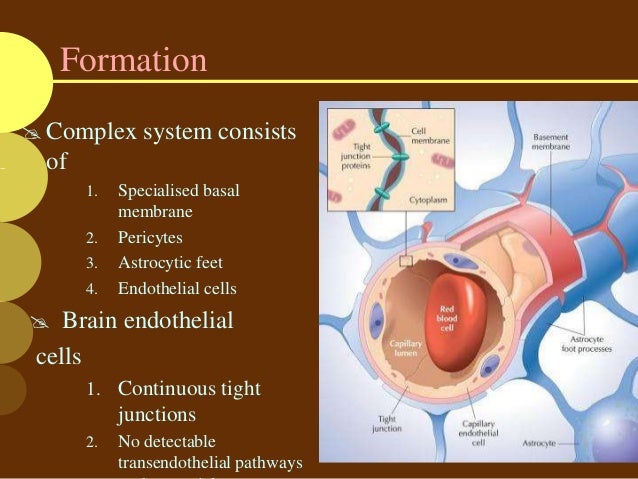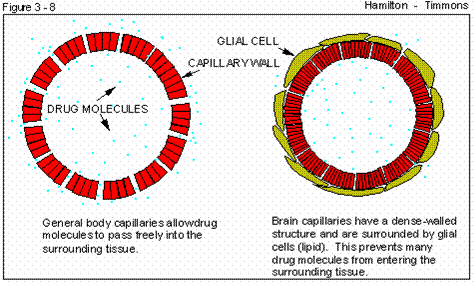

Personalized BBB chips, derived from the patient’s iPSCs, have the potential to address this issue. Interindividual variability may cause variations in patient responses to drugs. Several neurological disorders such as Parkinson's disease, Huntington's disease, and Lou Gehrig's disease) are linked to BBB defects. Moreover, the human iPSCs differentiated into BMEC-like cells also formed blood vessel-like structures capable of sustaining blood flow.Ī personalized human BBB system for disease modeling and drug screening The BBB-Chip showed (1) physiologically relevant TEER values, (2) low paracellular permeability, (3) response to inflammatory cues at the organ level, (4) transport of soluble biomarkers, and (5) active efflux pumps. The BBB-Chip described in the study used human iPSCs on an Organ-Chip platform to functionally recapitulate the interactions between BMECs and human neural cells. More complex organ-chips such as BBB organ-chips use two or more microchannels connected by porous membranes, lined on opposite sides by different cell types, to recreate interfaces between different tissues. The simplest organ-on-chip systems use a single, continually perfused microfluidic chamber to culture one type of cell. Organ-Chip technology uses microfluidic culture devices to mimic the 3D cellular microenvironment. They used iPSCs to generate a functioning blood-brain barrier inside an Organ-Chip. The BBB-Chip model developed by Vatine et al. However, these established iPSC-derived models of the BBB use 2-dimensional Transwell inserts, which do not fully recapitulate the in vivo microenvironment of the BBB (for e.g., they do not allow direct cell-cell interactions between BMECs and other cells of the brain microvasculature, and lack physiological mechanical forces such as shear stress). Previous studies have established human iPSCs differentiated into BMEC-like cells, which are structurally and functionally similar to the BBB, including physiologically relevant TEER. A functional, fully human BBB-Chip using iPSC and Organ-Chip technologies Novel models based on human stem cells or iPSCs from patients, like the ones described in this study, have the potential to greatly advance our understanding of BBB biology in these disease states and develop personalized therapies. However, BBB models of genetic brain disorders are currently inadequate. However, immortalized human brain endothelial cells and human stem cell-derived endothelial cells have been developed to circumvent this problem.ĭisease models of the BBB have also been developed to study how the BBB is altered in disease states, such as in stroke, Alzheimer’s disease, cancer, and multiple sclerosis.

Most of these cell culture BBB models were based on pig, bovine, rat, and mouse cells, as human tissue is usually difficult to obtain. Earlier models constituted isolated brain endothelial cells which we later expanded to co-cultures of endothelial cells with other cells of the BBB such as glioma cells, astrocytes, and pericytes. Multiple cell culture models of the human BBB have been developed over the years to study BBB biology and drug transport to the brain. Additionally, BMECS are induced and maintained by interactions with multiple other cell types such as pericytes, astrocytes, microglia, and neurons. Specialized efflux transporters (to eliminate substrate-drugs from the brain) and influx carriers (to carry essential nutrients into the brain) are found on the BBB endothelium. Tight junctions between BMECs are responsible for this diffusion barrier, which results in a high transendothelial electrical resistance (TEER). The unique properties of these brain blood vessels can be largely attributed to this endothelial layer or brain microvascular endothelial cells (BMECs). As with other blood vessels, endothelial cells form the wall of the BBB blood vessels.

It strictly regulates the movement of substances such as molecules, ions, and cells (including drugs) between the blood and the CNS. The BBB is a network of blood vessels with unique properties that traverse the central nervous system.


 0 kommentar(er)
0 kommentar(er)
